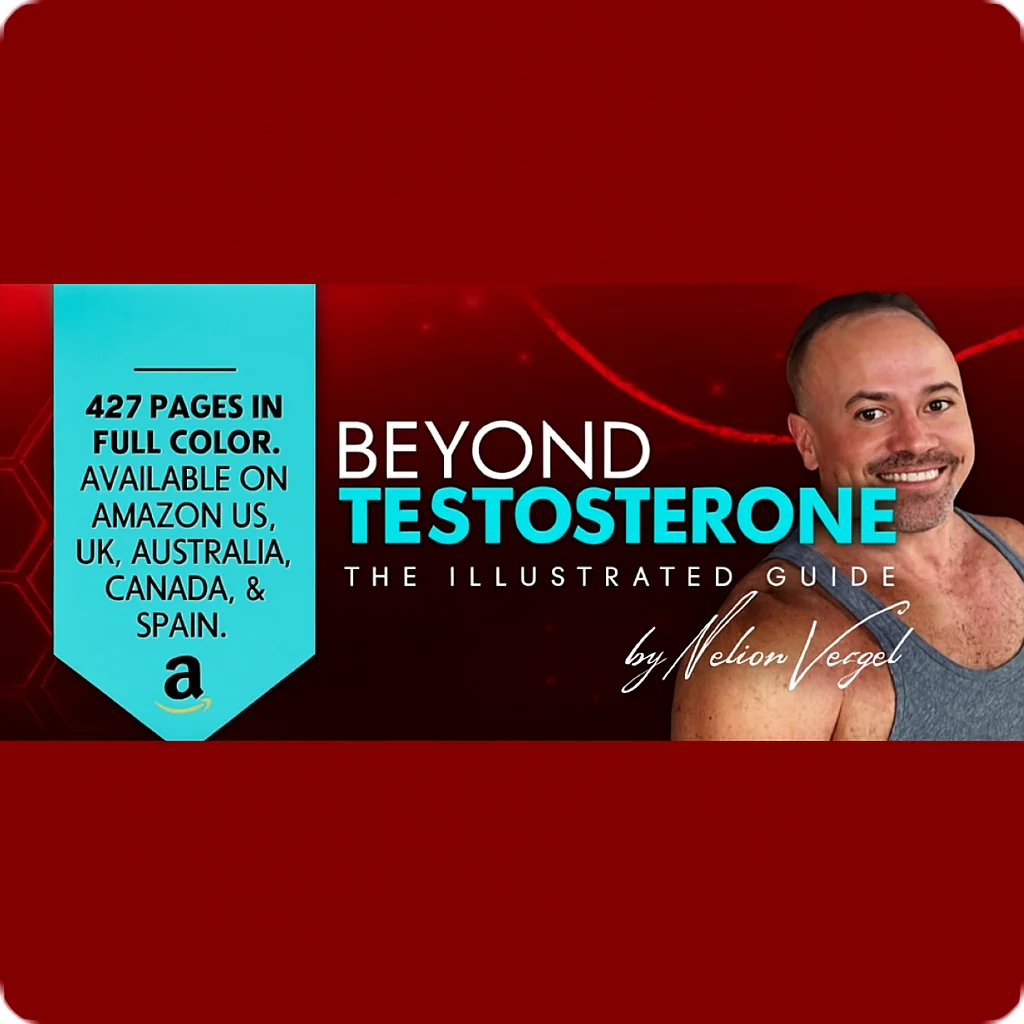You should upgrade or use an alternative browser.
Search results
-
G
How Long Till My Libido Returns?
Libido by itself is quite more complicated and doesn't always respond even to well managed T levels. It is not well studied ether compared to ED. It is more related to your brain and proper levels and proportions of neurotransmitters, that quite by itself is a complicated matter. I started...- Game Master
- Post #8
- Forum: When TRT Is Not Enough (ED, Libido, & More)
-
G
Still trying to find libido
Libido issues might be more complicated, and might not not always related to E2 or DHT levels. Have anybody thought about neurotransmitters, like dopamine regulation? Exogenous T replacement might has something to do with it- Game Master
- Post #33
- Forum: When TRT Is Not Enough (ED, Libido, & More)
-
G
Lost Physical Libido
E2 might not be the issue. Have you measured prolactin level? Prolacteremia can kill your libido, as prolactin levels are typically elevated following ejaculation to allow recovery and recharge. If prolactin is normal, there is potentially more complicated matter involving brain...- Game Master
- Post #11
- Forum: When TRT Is Not Enough (ED, Libido, & More)
TRT Hormone Predictor
Predict estradiol, DHT, and free testosterone levels based on total testosterone
⚠️ Medical Disclaimer
This tool provides predictions based on statistical models and should NOT replace professional medical advice. Always consult with your healthcare provider before making any changes to your TRT protocol.
ℹ️ Input Parameters
Predicted Hormone Levels
Enter your total testosterone value to see predictions
Results will appear here after calculation
Understanding Your Hormones
Estradiol (E2)
A form of estrogen produced from testosterone. Important for bone health, mood, and libido. Too high can cause side effects; too low can affect well-being.
DHT
Dihydrotestosterone is a potent androgen derived from testosterone. Affects hair growth, prostate health, and masculinization effects.
Free Testosterone
The biologically active form of testosterone not bound to proteins. Directly available for cellular uptake and biological effects.
Scientific Reference
Lakshman KM, Kaplan B, Travison TG, Basaria S, Knapp PE, Singh AB, LaValley MP, Mazer NA, Bhasin S. The effects of injected testosterone dose and age on the conversion of testosterone to estradiol and dihydrotestosterone in young and older men. J Clin Endocrinol Metab. 2010 Aug;95(8):3955-64.
DOI: 10.1210/jc.2010-0102 | PMID: 20534765 | PMCID: PMC2913038













